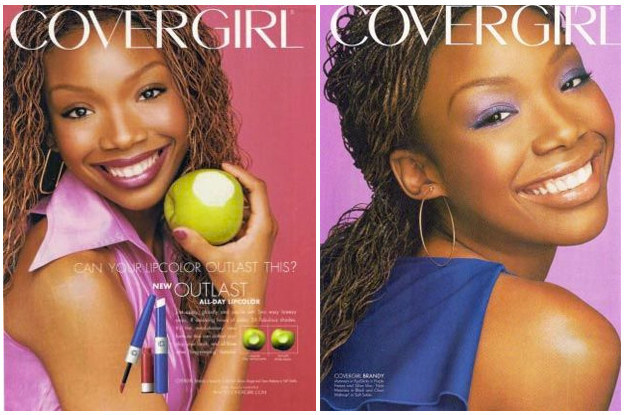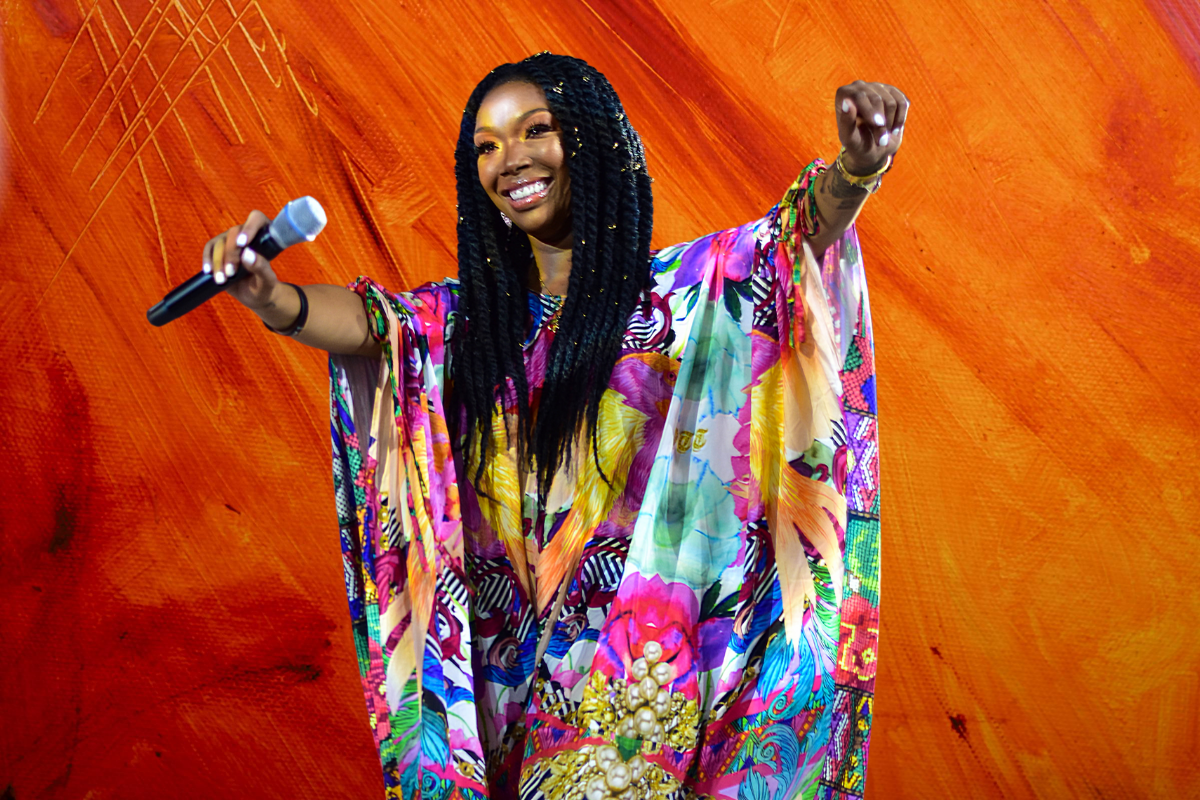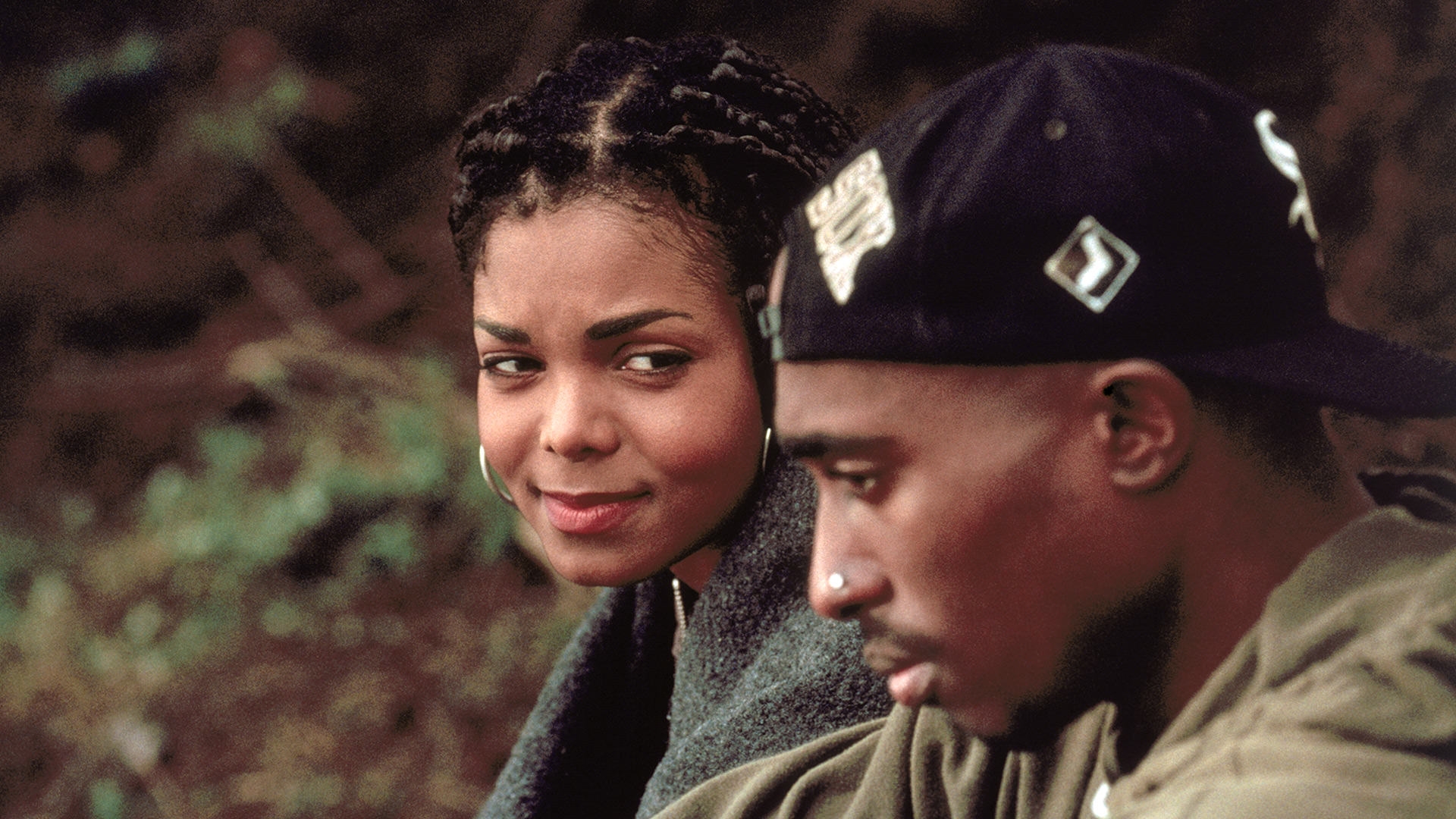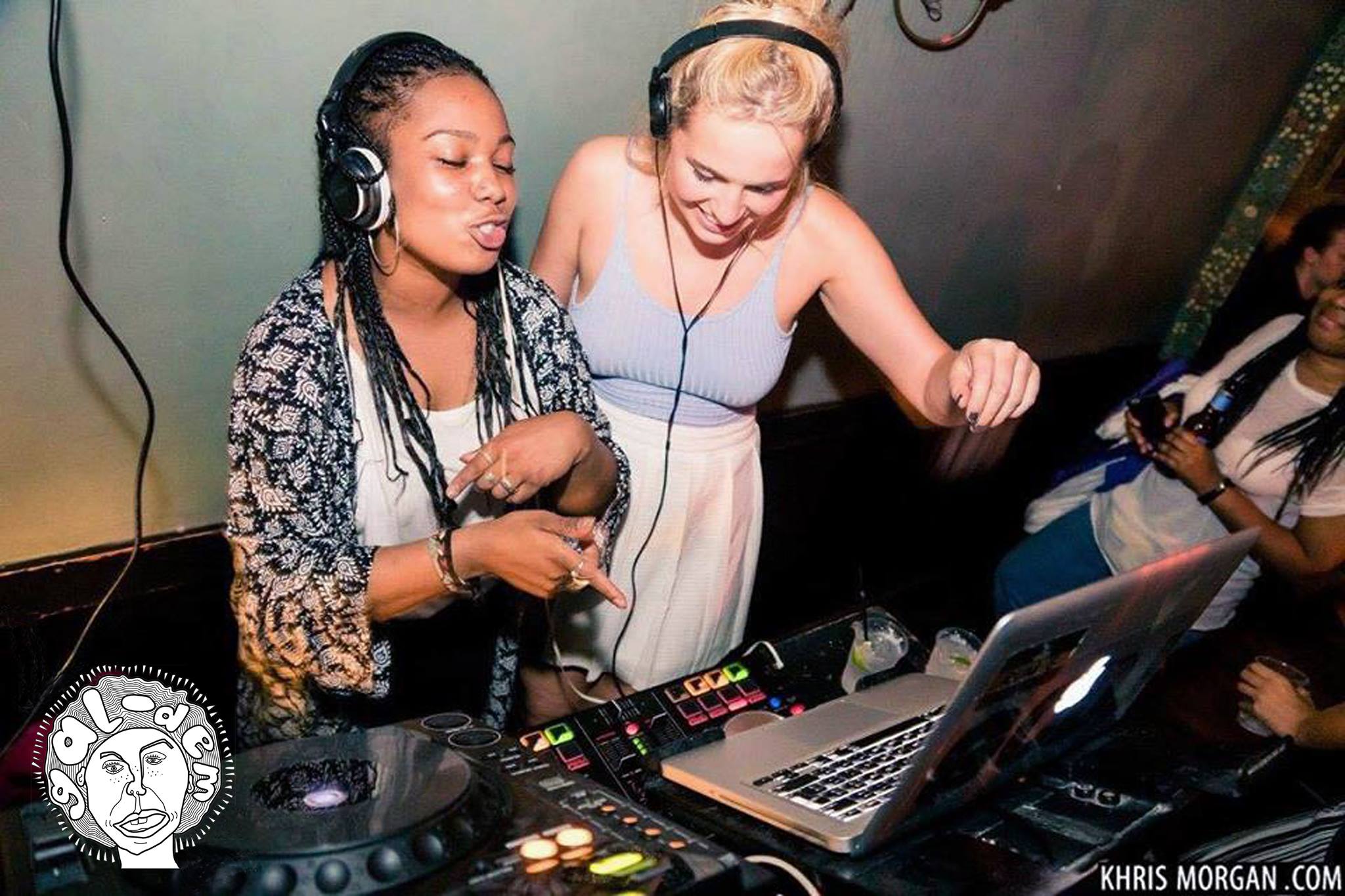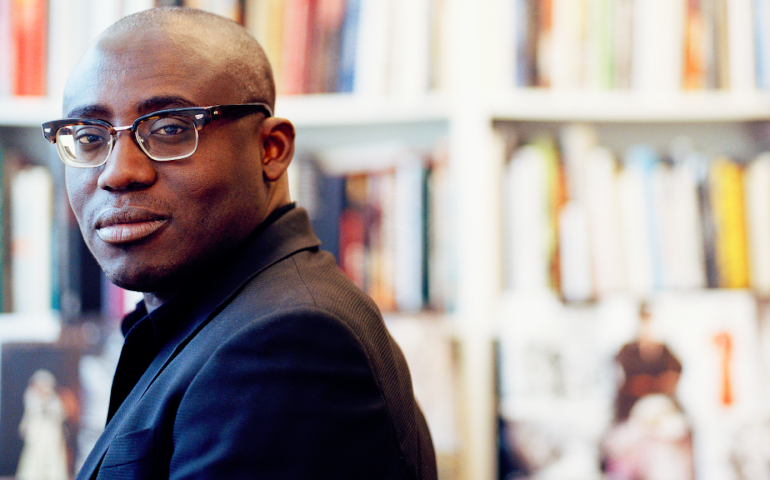
For those that weren’t around to witness Moesha, one of the few 1990s TV shows that featured a black female lead, allow us to introduce a woman that was more ground-breaking than we realised at the time. Brandy Norwood is one of those artists who, I think, many young girls could see a little bit of themselves in. At a young age she came across as a softly and well-spoken girl, yet extremely self-assured. She knew what she wanted and it exuded from everything she did.
Brandy’s style wasn’t that unique for its time. Like many young girls in the 90s she wore a lot of denim and a bit of patchwork here and there but she managed to take this style – along with her signature braids – and ran with it all the way to Trouble TV. I remember being at school and being one of the only girls that wore braids. Everyone had relaxed hair of some kind, but then Brandy came on the scene. She wasn’t part of a cool girl band, it was just her and her braids making songs that would be remembered forever and playing the titular character Moesha in a TV show that pretty much introduced the world to Usher.
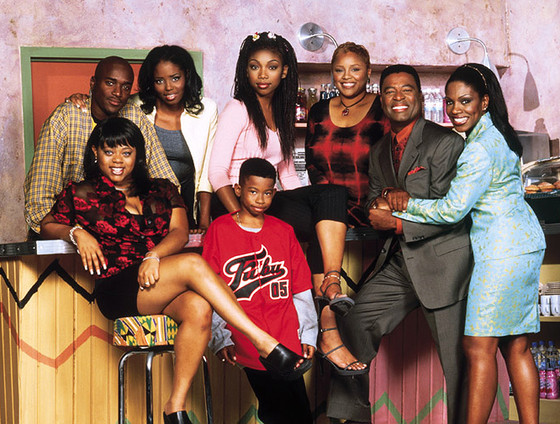
In 1994, at the age of 15, Brandy had released one of her most popular songs to date, ‘I Wanna Be Down’, which featured MC Lyte, Queen Latifah and Yo Yo. A throwback classic (along with her duet with Monica on ‘The Boy is Mine’ single), this song represented the beginning of her career. The single helped to bring forward the style that Brandy encompassed, in a flat cap, leather jacket and burgundy roll neck. In fact, if we flash back to the ‘The Boy is Mine’ video Brandy sports a choker that models of today wish they could say they wore first.

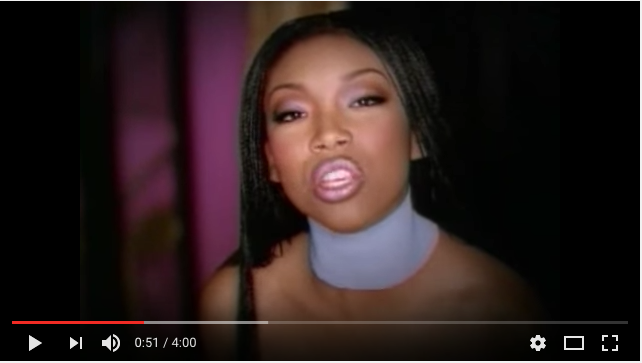
Along with her successful albums such as Brandy and Never Say Never, Brandy continued to be an effortless style icon. In the 90s there weren’t that many TV programmes depicting the everyday teenage life of a black woman in a funny and semi-relatable way. By default, Brandy became a style icon because she wore clothes that represented so much of black culture in an unapologetically mainstream way. She made what she wore, and who she was about, become accepted without appearing as if she was asking for acceptance.
Of course, we can’t forget the time our screens were graced with not only a black Cinderella but also an Asian prince. The Rodgers and Hammerstein production of Cinderella showed diversity in the most romantic way and you couldn’t help but fall in love with it. Not only was it rare to see black people in leading roles but, apart from The King and I, this type of multi racial coupling was almost unheard of. Nearly 20 years on now, it would be hard to find a fairytale movie that featured such a diverse cast.
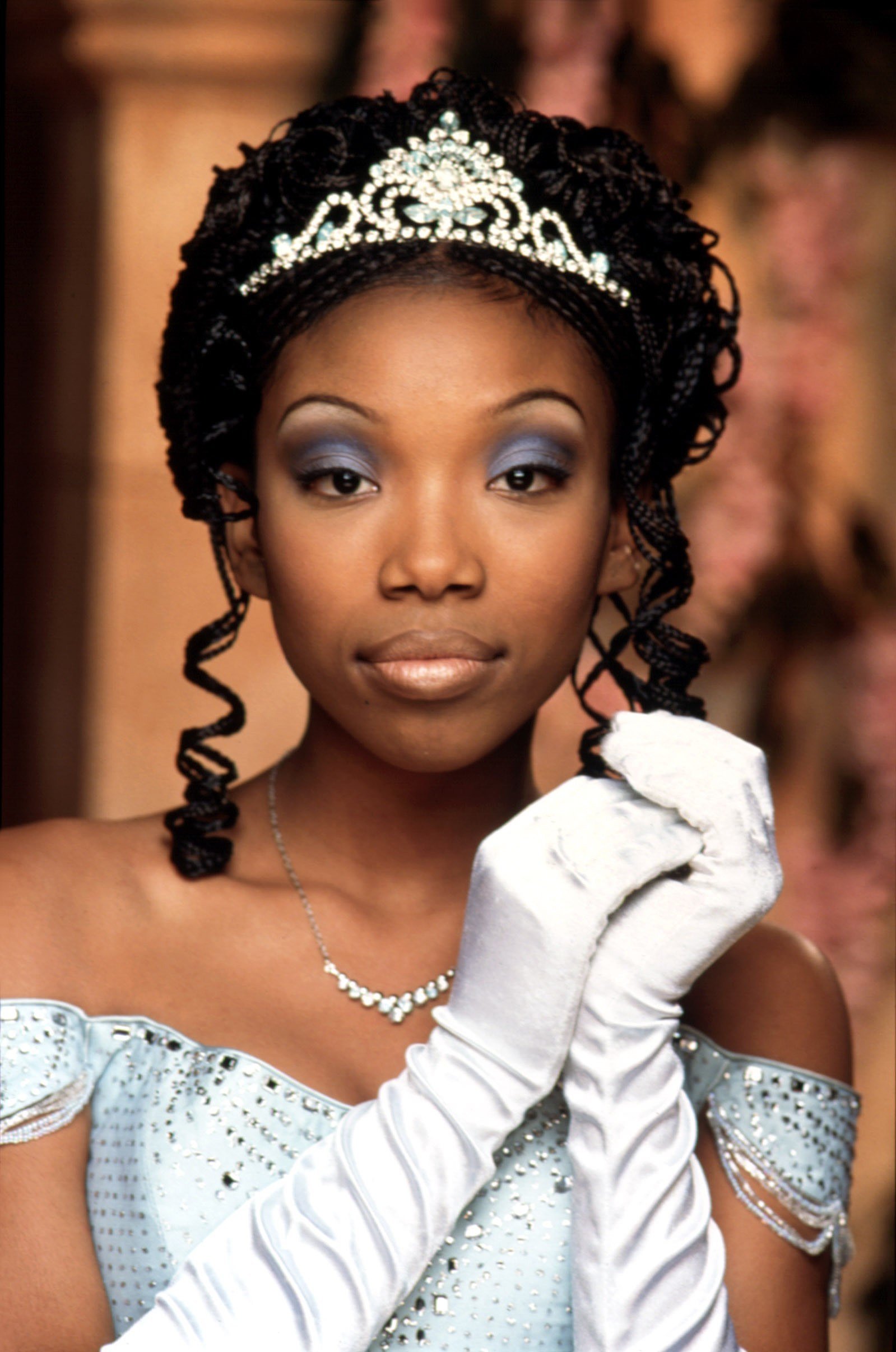
Not only did Brandy make waves with her music and acting roles but she also became one of the first black artists to appear on a campaign for CoverGirl cosmetics, alongside Queen Latifah. And her style legacy lives on through the Instagram account 4everbarbiebrandy featuring a black Barbie channelling all of Brandy’s fashion and hairstyles. With 18,000 followers we’re clearly not the only ones who are throwing back to the singer’s style that gives 90s kids a “warm fuzzy feeling”, that we kind of wish never went away.
